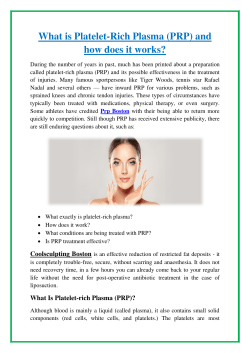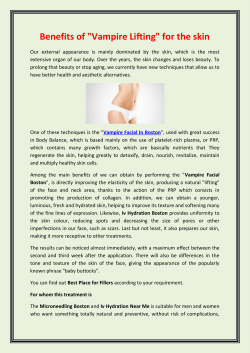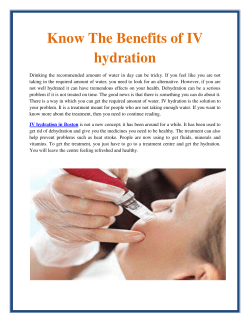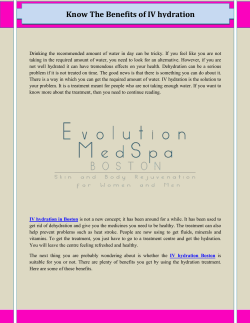
Effective laser for the treatment of spider legs.
Effective laser for the treatment of spider legs. These are telangiectasias (superficial blood vessels) with a diameter of 0.1 to 1 mm that are seen in the skin of the lower extremities. Usually they are arboriform, forming small threads of red or violet colour, of tortuous route. They may or may not have several ramifications. Likewise, they may have a common central trunk from which the ramifications depart. It is believed that up to 30-40% of women and 5-15% of men have spider veins on legs. They do not suppose any alteration of the health, but an aesthetic alteration. How are spider veins treated in the legs? There are two main types of treatment for leg heaviness: one is sclerotherapy treatment (injecting a chemical inside the vessels that causes its collapse) and laser ablation treatment (light systems that send very punctual heat to eliminate the vessels). There are different causes of leg heaviness. For spider veins less than 1 mm in diameter, sclerotherapy is a difficult technique and not without adverse effects -hyper pigmentation, skin necrosis, thrombosis, allergic reactions-, which is why many authors prefer to use vascular lasers. There are different types of compression hose for varicose veins, whose target is the haemoglobin circulating inside the vessels. The pulsed dye laser has a very short action pulse, which usually causes the blood vessel to explode, causing purple (hematoma) of days. The laser concentrates the energy in the haemoglobin of the blood vessels, produces agglutination of the red blood cells inside the capillaries, and coagulation of the same. The likelihood of vessels exploding causing purple and / or hyper pigmentation is minimal with the laser. Spider vein treatment cost is not too much. How effective is the laser for the treatment of fine spider legs? There are several studies where the effectiveness of the laser ablation for the elimination of spider veins from the legs has been evaluated. First of all, the work of Spendel and colleagues stands out, in which 70 women aged between 19 and 50 years were evaluated with spider veins in the lower extremities without alteration in the deep venous circulation. For vascular spiders with diameters less than 1 mm, there was a reduction of more than 50% in thickness in 80% of the participants. The treatment with sclerosis in the same study showed that there were no significant changes in 88% of the participants whose spider veins had a diameter less than 0.7 mm. Therefore, in spider veins with diameters smaller than 0.7 mm, the effectiveness of the laser is much higher than that of sclerosis. However, for vessels larger than 0.7 mm, its effectiveness is lower. This result is in perfect agreement with the laser wavelength (532 nm), which positions it as an excellent treatment for superficial vascular lesions but not for deep or thick lesions. For thick or deep vascular structures, it is recommended to use lasers with a longer wavelength, such as Nd: YAG (1064 nm). Is laser ablation safe, yes it is completely safe. In the study by Bernstein and colleagues, 20 women were treated with two laser sessions. In more than 70% of the treated patients a "significant" or "very significant" response was observed. All the participants were satisfied with the treatment and would recommend it.
© Copyright 2025



